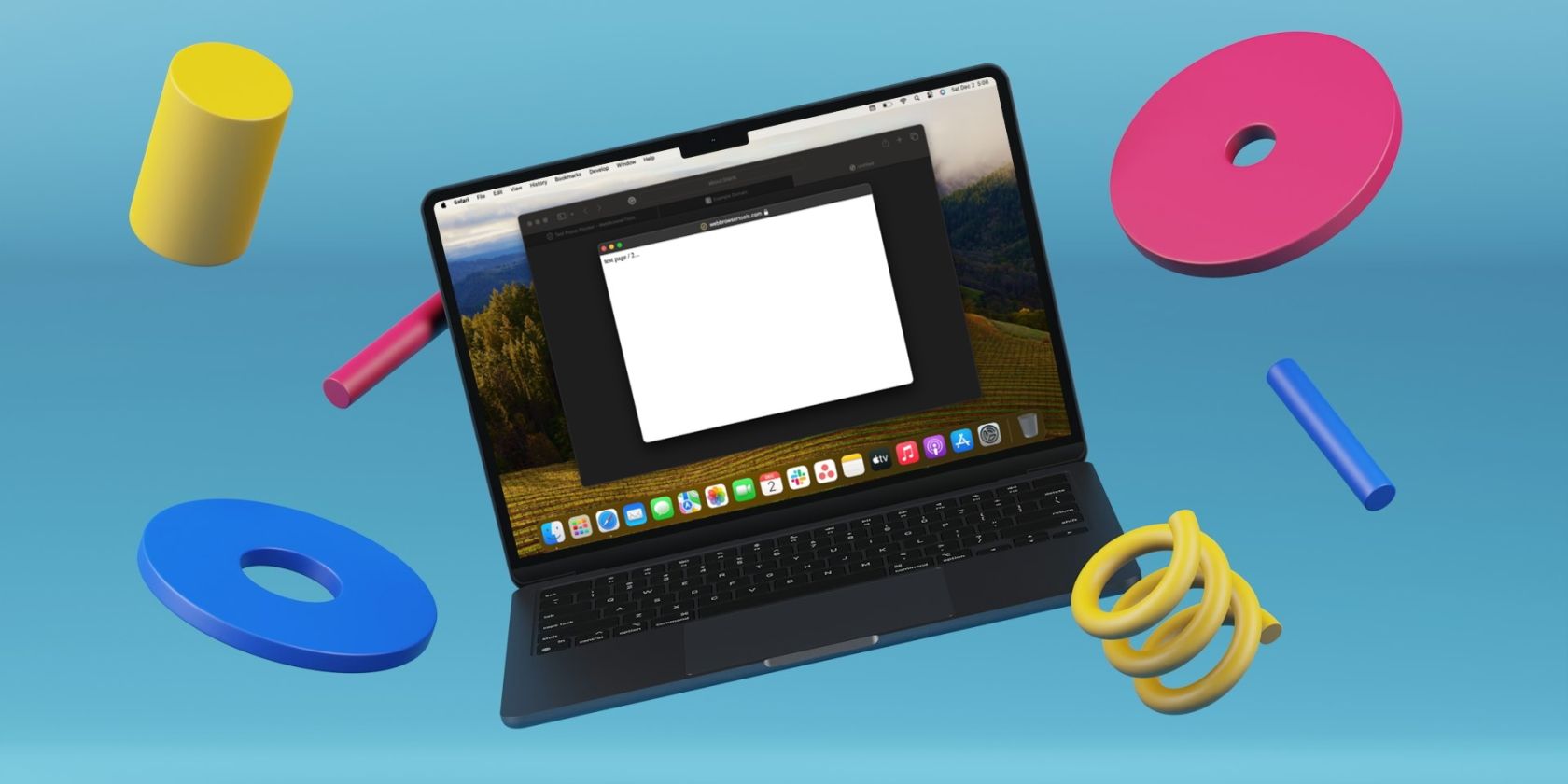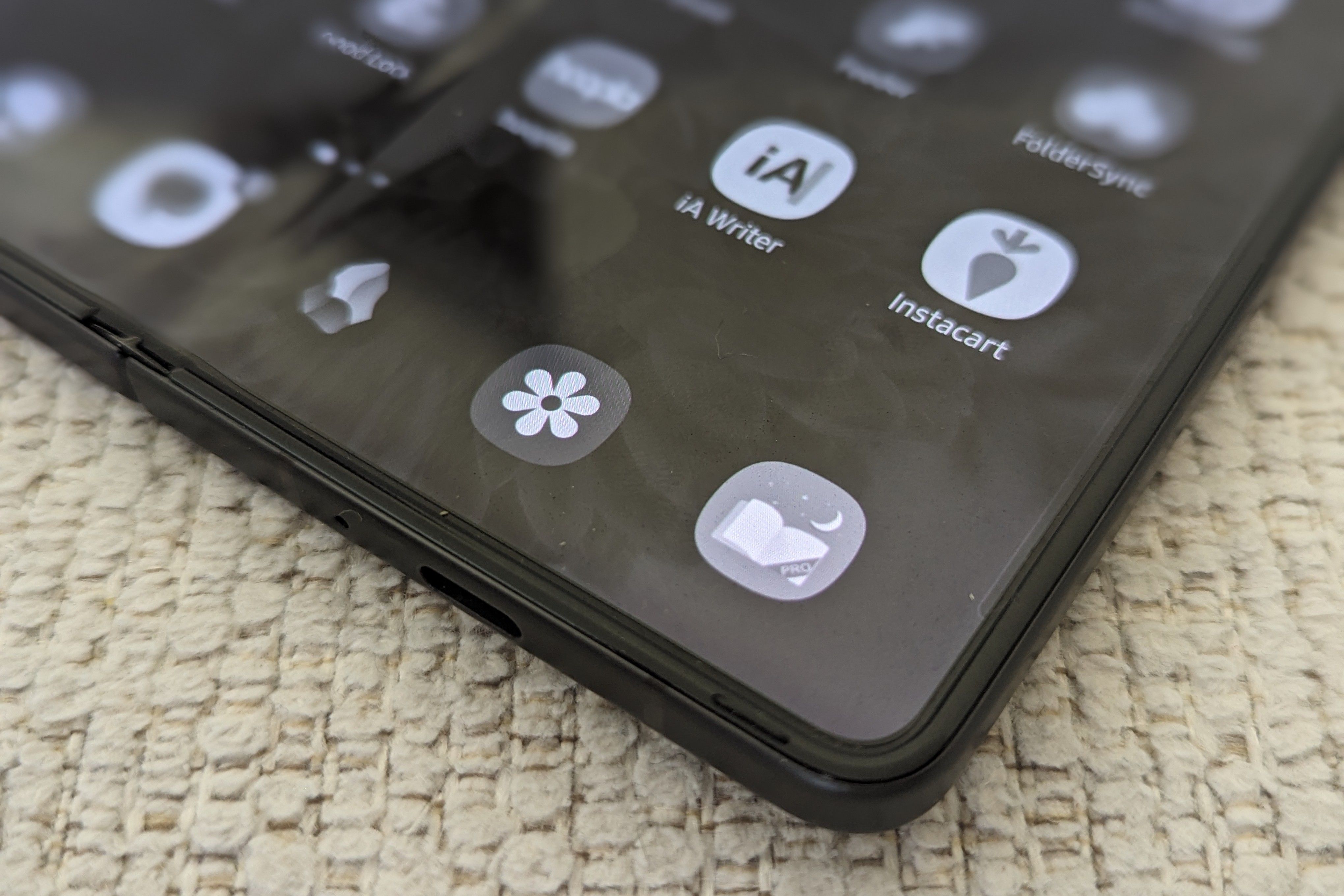
Enhancing Sleep with Android Bedtime Functionality: Personal Experience and Tips

Enhancing Sleep with Android Bedtime Functionality: Personal Experience and Tips
Quick Links
- It’s All About Establishing a Routine
- Bedtime Is More Important Than Wake-Up Time
- Grayscale Keeps Me Accountable
- Bedtime Mode Makes You Want to Put Down Your Phone
- Bedtime Mode Doesn’t Have to Mean It’s Time to Sleep
- More Impactful Than an Alarm
- How My Sleep Habits Have Changed
Key Takeaways
- Bedtime Mode establishes a routine for better sleep habits with phone assistance.
- Setting a bedtime is crucial for good sleep; grayscale mode can encourage putting down your phone.
- Bedtime Mode is versatile; it can aid in winding down earlier or focusing on going to bed, not just as an alarm.
Like most of you, my phone is my alarm. I thought this was enough, but Android’s “Bedtime Mode” feature has taught me I was wrong. Despite my doubts, here’s how my phone has helped me establish better sleep habits.
It’s All About Establishing a Routine
When you set up Android’s Bedtime Mode (or “Sleep Mode,” as it’s called on my Samsung phone), you’re making an intention. You’re telling yourself that you plan to get better sleep, and you’re allowing your phone to help you with that commitment in a number of ways.
It’s one thing to merely tell yourself you need to sleep better. It’s another to make actual changes and establish a new routine. In a nutshell, that’s what makes Bedtime Mode so helpful. You set a routine, and the mode helps you stick to it.
Have I stuck to my new routine? It’s a work in progress, but the changes have been good.
Bedtime Is More Important Than Wake-Up Time
Phone alarms help us wake up in time to get to school or make it to work, but this does nothing to make sure we get enough sleep. That part depends on when we go to bed.
This is why having a bedtime is so important. To get good sleep, you need to put down your phone, stop faffing about, and get in bed. Bedtime Mode cuts through the distractions and lets you know that the time has come to go to sleep.
How? That part depends on you. Bedtime mode lets you change how your phone functions during the hours when you’d like to be asleep. One of those options is turning your screen black and white, and for me, it’s an important one.
Grayscale Keeps Me Accountable

Sure, there are a number of ways to tell yourself it’s time to go to bed. You can set a reminder, for starters, but after you swipe away the notification, it’s easy to go about as you were. This is where grayscale really helps by being more of a roadblock. By putting the display in black-and-white, it’s virtually impossible to ignore (unless you’re reading an ebook), and you then have to decide whether to actively turn off Bedtime Mode or not.
Oftentimes, the answer will be yes, and doing so isn’t particularly difficult. When it comes to putting off bedtime, I prefer the experience my wife has had with her Pixel over Samsung’s approach. A Pixel gives you the option to delay bedtime by 30 minutes, at which point it will automatically turn back on. It’s like hitting snooze on an alarm. On my Galaxy Z Fold, I had to turn off Sleep Mode for the night (with the option to keep the alarm, thankfully) and then remember to turn it back on when I’m ready to fall asleep.
Grayscale also helps when I’m not using my phone right before bed. Say I’m doing something else when I pick up my phone to check something, and I see the screen is black and white. This makes it immediately obvious that I’m up later than I want to be. It’s a helpful visual aid that’s less intrusive than seeing a bedtime alarm. A gray screen also persists throughout the night, which can help break the unhealthy habit of sleeping next to a phone by reducing your desire to stare at the screen in the dark.
Bedtime Mode Makes You Want to Put Down Your Phone
Close
Grayscale mode isn’t the only way you can tell yourself it’s time to stop. You can go so far as to restrict which apps you can use to just a handful of essentials, such as your phone and the clock app. You can change your phone’s wallpaper into something bland or relaxing. You can turn on Do Not Disturb mode so that pings and buzzes go away.
I have mine set to also tint the screen red and turn on power saver mode to reduce overnight battery drainage. While there are default settings, those aren’t necessarily what’s most helpful for you. The point of a mode is having the flexibility to configure things in a way that addresses your needs.
If you find that isn’t enough, you can instead leave your smartphone in another room and get a phone for your phone .
Bedtime Mode Doesn’t Have to Mean It’s Time to Sleep
I use Bedtime Mode to indicate when I want to go to sleep, but you don’t have to use it this way. You can instead use Bedtime Mode as a way to begin your winding down process.
You can start it earlier in the evening so that you have an easier time going to sleep later. You can even turn it on before dinner so that your family or partner gets your undivided attention. Establish that your phone is something you use earlier in the day, but put down as the sun starts to set.
More Impactful Than an Alarm
An alarm alone can leave us feeling more tired, not less. After all, if you’re staying up late, the alarm is making you wake up sooner than your body wants to. Setting an alarm on your phone is committing to waking up at a certain time each day, but it’s not committing to going to bed. Your phone’s alarm function doesn’t help you fight any addiction you’re struggling with.
This is why an alarm is only one part of how your phone can help you with your sleep. Sleep mode brings far more tools, and it’s using them all together that makes an actual difference in the quality of your sleep.
Having someone wake you up is helpful, but you could also have someone remind you when it’s time to turn to bed, place your phone somewhere safe, dim the lights, and play soft music (though there’s a case to be made that you shouldn’t use your phone for sleep sounds ). All of this does far more to help you go to bed and sleep better than simply waking you up in the morning.
How My Sleep Habits Have Changed
My sleep habits have changed since using Bedtime Mode. It’s now more obvious when I’ve had a week of going to bed later than I intended to since turning off or delaying Sleep Mode is a conscious choice that sticks with me.
I’m not waking up any earlier, but that also wasn’t my goal. The point, for me, was to establish a bedtime and make a better effort to get enough sleep. I don’t currently wear a smartwatch, so this is a way to help get an idea without relying on actual sleep tracking. If I’m in bed around a certain time, and I fall asleep pretty quickly, then I’m doing alright. I don’t need exact numbers, and sleep-tracking numbers aren’t always helpful anyway .
I previously thought of Bedtime Mode as a gimmick, a half-hearted attempt by companies to pretend to help by making their phones seem less addictive. But no, it turns out Bedtime Mode is a legitimately good feature, and I’m keeping it turned on.
Also read:
- [Updated] In 2024, Boosting Earning Potential on YouTube Shorts
- 3 Things You Must Know about Fake Snapchat Location On Realme 11 Pro | Dr.fone
- A Closer Look at the Decline: How the Venerable 4-Pin Molex Is Approaching Retirement After Six Decades
- Amazing Savings Alert: How the Yeedi M12 Pro+ Dominates Over Rivals - Exclusive Review!
- Are Budget-Friendly Wireless HDMI Converters Effective for Enjoying Games, Movies, and Presentations?
- In 2024, Loom Labyrinthine Exploring the Art of Recordings
- Innovative Dual Port Tech: DisplayPort + HDMI Merged Feature on Abandoned Piston Xi3 Unit
- The Future of Communication - ChatGPT & Android
- Title: Enhancing Sleep with Android Bedtime Functionality: Personal Experience and Tips
- Author: Kevin
- Created at : 2024-09-14 16:08:47
- Updated at : 2024-09-16 16:28:09
- Link: https://hardware-reviews.techidaily.com/enhancing-sleep-with-android-bedtime-functionality-personal-experience-and-tips/
- License: This work is licensed under CC BY-NC-SA 4.0.
